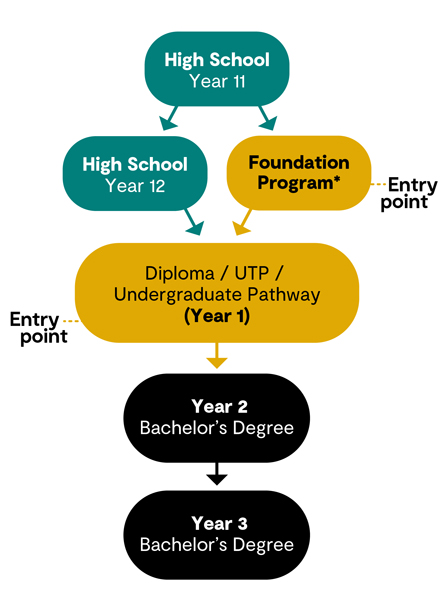Understanding Public Student Loan Options: A Comprehensive Guide for Future Borrowers
#### Public Student LoanPublic student loans are a critical financial resource for many individuals pursuing higher education. These loans are typically off……
#### Public Student Loan
Public student loans are a critical financial resource for many individuals pursuing higher education. These loans are typically offered by government entities, making them a popular choice for students who may not have access to private loans or who prefer the benefits associated with federal funding. Understanding public student loans is essential for anyone considering borrowing to fund their education.
#### Types of Public Student Loans
There are several types of public student loans available to borrowers. The most common include Direct Subsidized Loans, Direct Unsubsidized Loans, and Direct PLUS Loans.
- **Direct Subsidized Loans** are designed for undergraduate students with demonstrated financial need. The government pays the interest on these loans while the student is in school, during the grace period, and during deferment periods.
- **Direct Unsubsidized Loans** are available to both undergraduate and graduate students. Unlike subsidized loans, these do not require a demonstration of financial need, and interest accrues from the time the loan is disbursed.

- **Direct PLUS Loans** are intended for graduate or professional students and parents of dependent undergraduate students. These loans can cover the total cost of attendance minus any other financial aid received.
#### Benefits of Public Student Loans
One of the primary advantages of public student loans is their relatively lower interest rates compared to private loans. Additionally, federal loans offer flexible repayment plans, including income-driven repayment options that adjust monthly payments based on the borrower’s income.
Another significant benefit is the availability of loan forgiveness programs, such as Public Service Loan Forgiveness (PSLF), which can forgive remaining loan balances for borrowers who work in qualifying public service jobs after making a certain number of payments.
#### Application Process for Public Student Loans

To apply for public student loans, students must complete the Free Application for Federal Student Aid (FAFSA). This application determines eligibility for various types of federal financial aid, including public student loans. It is essential to fill out the FAFSA accurately and submit it before the deadline to maximize potential aid.
Once the FAFSA is processed, students will receive a financial aid offer from their school, detailing the types and amounts of aid they are eligible for, including public student loans.
#### Repayment of Public Student Loans
Understanding the repayment process for public student loans is crucial. Borrowers typically enter repayment six months after graduation or dropping below half-time enrollment. The standard repayment plan spans ten years, but borrowers can choose from various repayment plans based on their financial situation.
If a borrower faces financial hardship, they can request a deferment or forbearance, allowing them to temporarily pause payments without accruing penalties.

#### Conclusion
In summary, public student loans are an essential tool for financing higher education. They offer numerous benefits, including lower interest rates, flexible repayment options, and potential loan forgiveness. Understanding the different types of public student loans, the application process, and repayment strategies can empower students to make informed decisions about their education financing. As the landscape of student loans continues to evolve, staying informed about public student loan options will be vital for future borrowers.